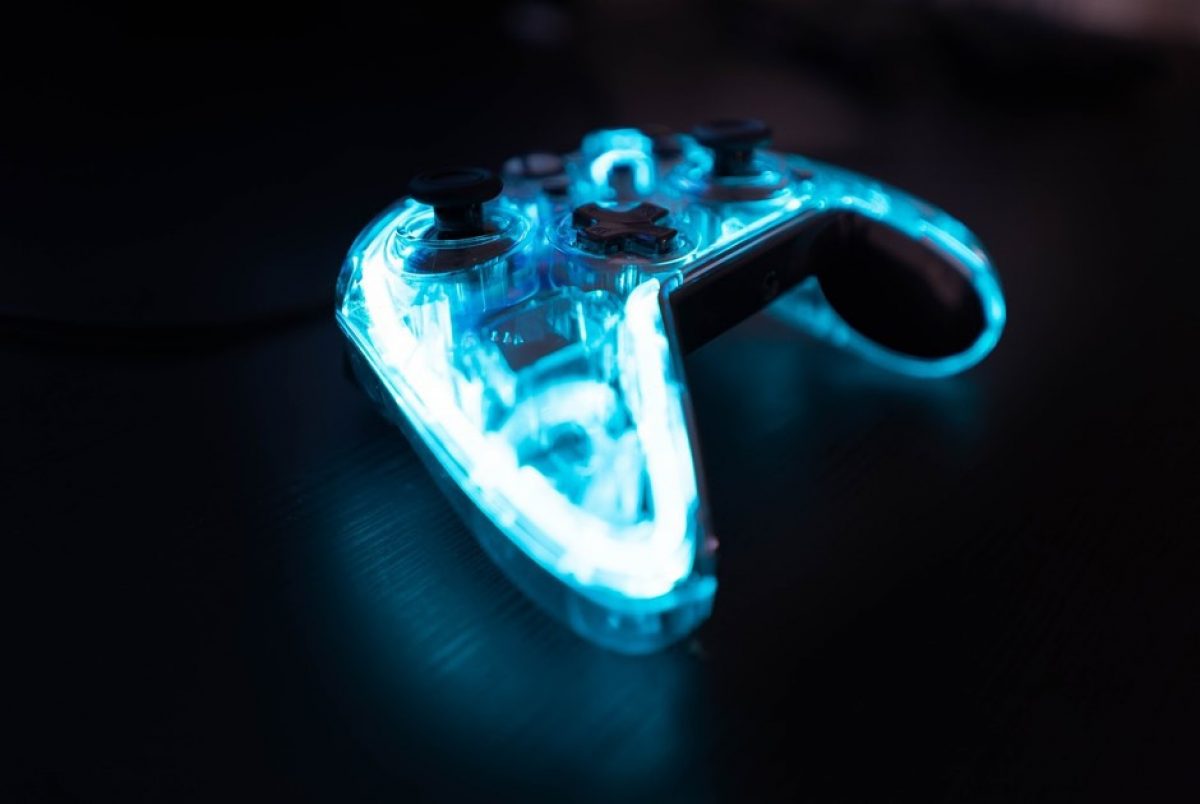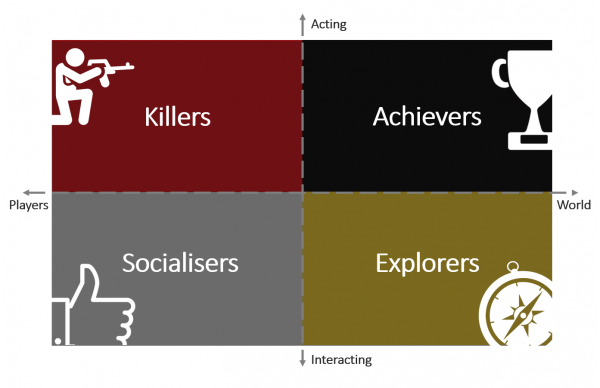Past Event: Nov 09, 2023
Retrouvez Boxfusion Consulting lors de l’événement Oracle Applications Unlimited Days, en France
1 min read

Author: Amardeep Parmar
2 min read
Since covering gamification in this blog last year, we have seen a big increase in the number of companies engaging us to see how gamification can help them. Why? Gamification is everywhere. The use of game-like concepts in enterprise-level applications is not new and more companies are becoming open to the concept. We see gamification used all around us such as in loyalty schemes and completion trackers when we create profiles. Gamification could make a real difference to your organisation as more engaged employees elevate their productivity and employee retention improves.
The aim is real return on investment for clients and we avoid features that seem exciting but do not speak to the user’s motivations. At the heart of gamification is the user experience (UX), taking into account the goals of efficiency, effectiveness and satisfaction and extending further by adding engagement. Even meticulously planned UX can fall short from a lack of user adoption if users don’t enjoy interacting with the syste
By providing staff with engaging touchpoints within the tools that are (more often than not) being used on a daily basis, businesses have the ability to redefine the employee experience and motivate staff to deliver a greater customer experience. Greater customer experiences lead to better brand perception and greater customer loyalty. But we first need to understand the ‘gamers’ and their motivations. Richard Bartle created a useful method for categorising people based on how they like to play games. By studying your user base, you can discover which of the four categories is their dominant trait and create features to suit them.

Do you think you know what type of gamers you have in your team? I’ll be writing up a blog for each player type, giving examples of how to get the best out of them when applying them to work tools.
1 min read
1 min read
5 min read